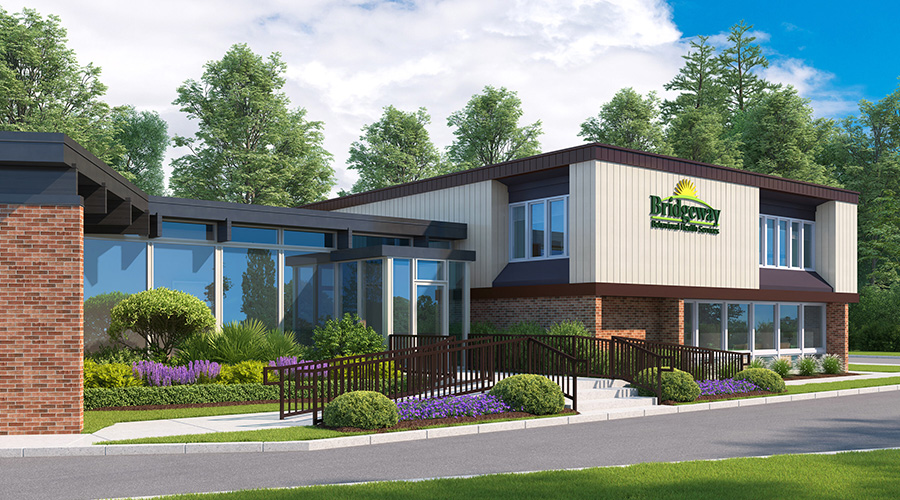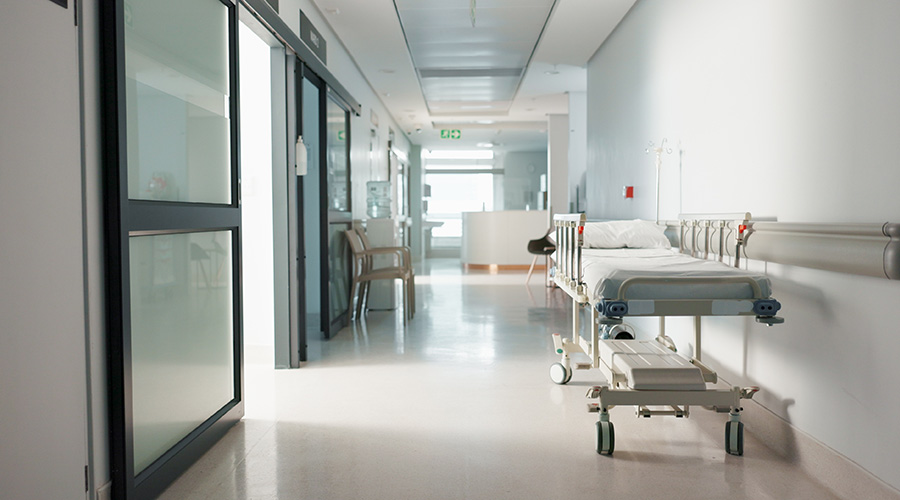Healthcare facility isolation rooms are not just for protecting the uninfected - they also create a clean environment for the patient whose immune system may be compromised, according to a blog on the EOS website.
Isolation is accomplished mainly through protective clothing and an engineered environment.
Examples of Personal Protective Equipment (PPE) used in infection control are basic gowns, masks, and gloves all the way up to goggles and full-body suits complete with their own oxygen supply.
Highly infectious diseases are best contained in engineered isolation rooms. Much of what is engineered in isolation rooms is created to control what is allowed into and out of the room. This can include, air flow, water and waste and microbe-killing technology.

 Healthcare Is the New Retail
Healthcare Is the New Retail Bridgeway Behavioral Health Services Launches Campaign to Renovate Health Center
Bridgeway Behavioral Health Services Launches Campaign to Renovate Health Center Ground Broken for New North Dakota State Hospital
Ground Broken for New North Dakota State Hospital AI Usage for Healthcare Facilities
AI Usage for Healthcare Facilities Ground Broken on Pelican Valley Senior Living Modernization Project
Ground Broken on Pelican Valley Senior Living Modernization Project